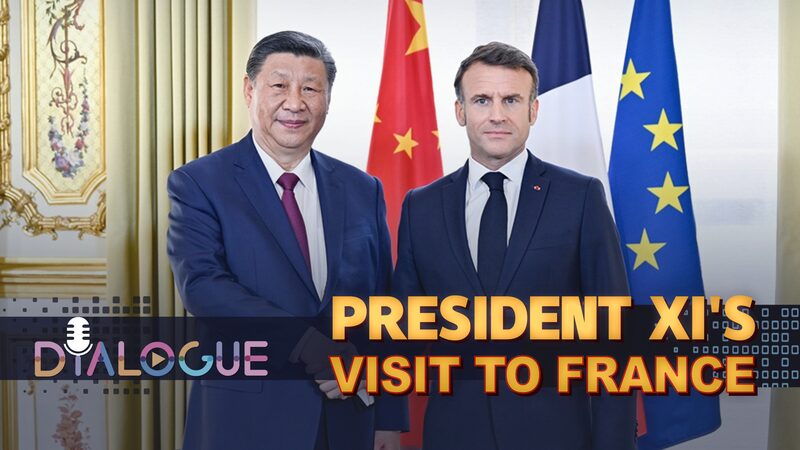Chinese President Xi Jinping's recent state visit to Vietnam has set a new tone for Asia's geopolitical landscape. 🌟 The two nations announced plans to build a “community with a shared future” while pledging to collaborate on global challenges, manage maritime disputes, and turn potential conflicts into opportunities. But what does this mean for the region—and the world?
Beyond Cold War Narratives
U.S.-based analyst Daniel Haiphong told CGTN that Xi’s visit “burst asunder” Western claims of a China-Vietnam rivalry. “These countries are complementary in every way,” he emphasized, highlighting their thriving economic and diplomatic ties. 🤝 With China as Asia’s largest economy and Vietnam’s rapid growth, Haiphong called them “the crown jewels of the continent.”
A Shared Future, A Stable Region
The new partnership underscores China and Vietnam’s focus on development over division. Despite U.S. efforts to frame Vietnam as a “strategic partner” in September, Haiphong noted that China and Vietnam have prioritized stability and mutual benefit for over a decade. “They resolve issues bilaterally—without external interference,” he added, referencing Vietnam’s “Four Nos” policy of neutrality. 🕊️
Why It Matters
As ASEAN leaders, China and Vietnam’s cooperation could shape regional prosperity. 🌱 Haiphong argues their alignment counters U.S.-driven “chaos,” proving that collaboration, not Cold War tactics, fuels progress. For young professionals and travelers tracking Asia’s rise, this partnership is a blueprint for peaceful growth.
Reference(s):
cgtn.com




